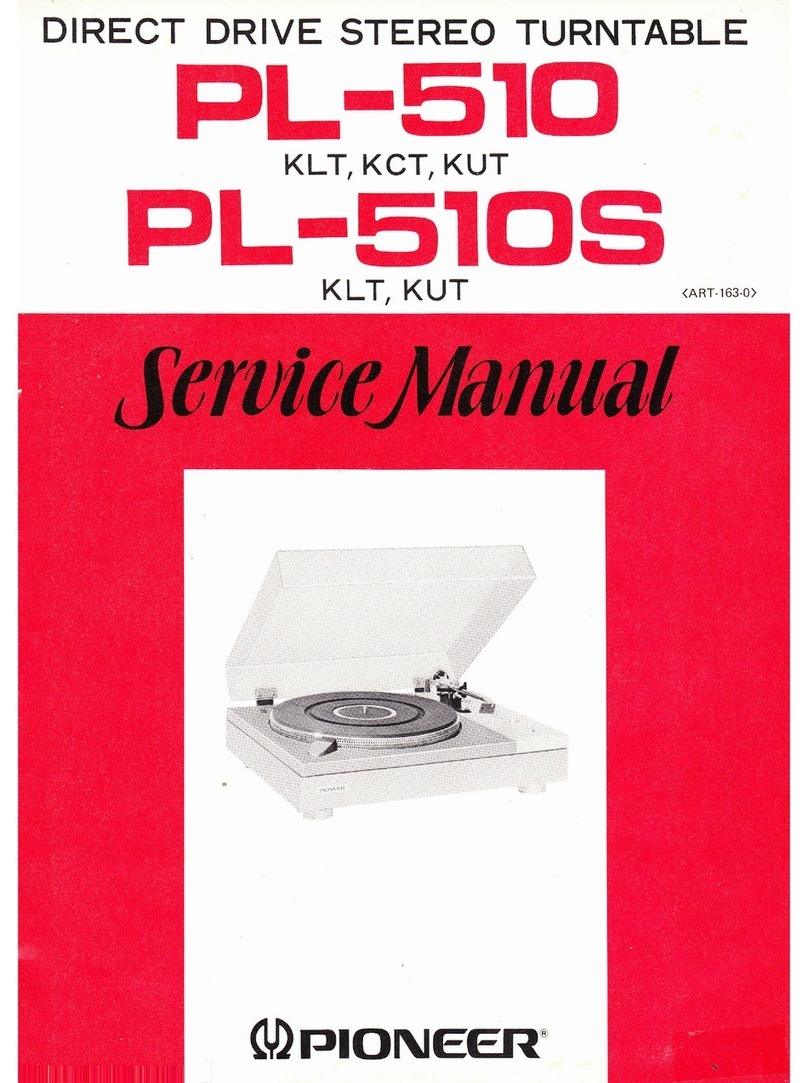Pioneer PL-55DX User manual
Other Pioneer Turntable manuals

Pioneer
Pioneer PL-570 User manual

Pioneer
Pioneer PL-530 User manual
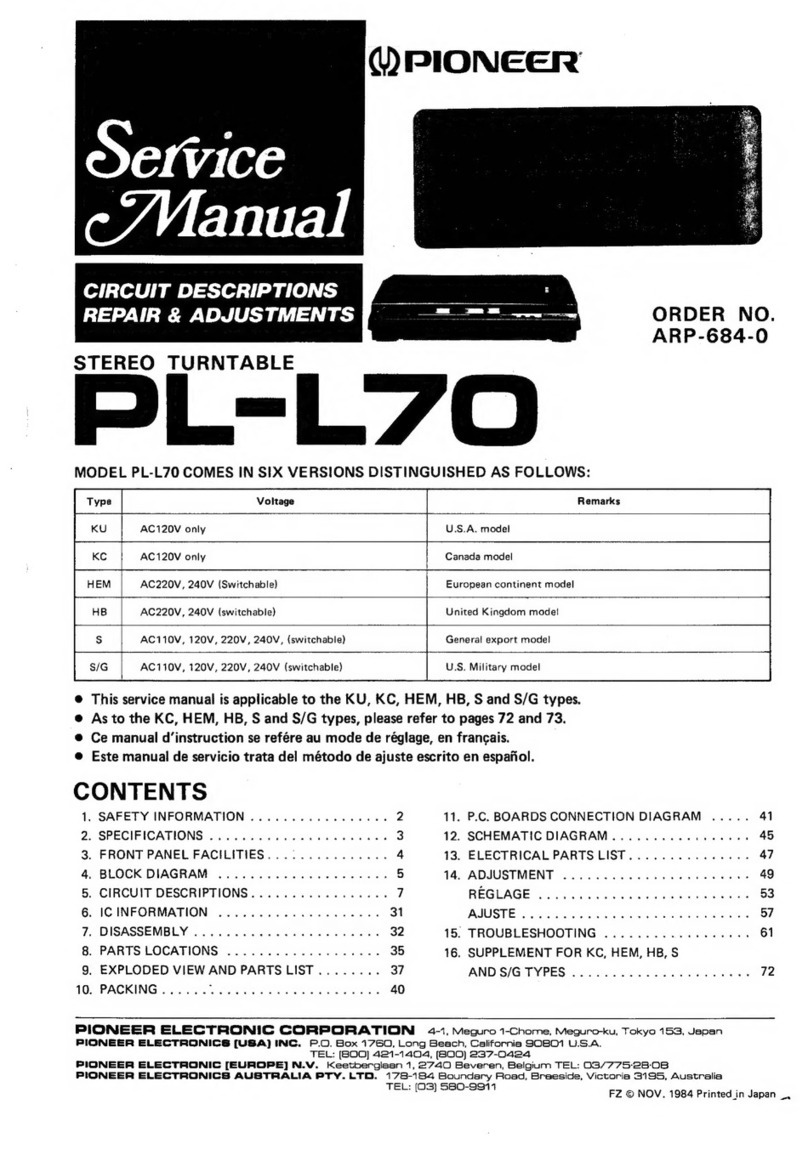
Pioneer
Pioneer PL-L70 User manual

Pioneer
Pioneer PL-115D User manual
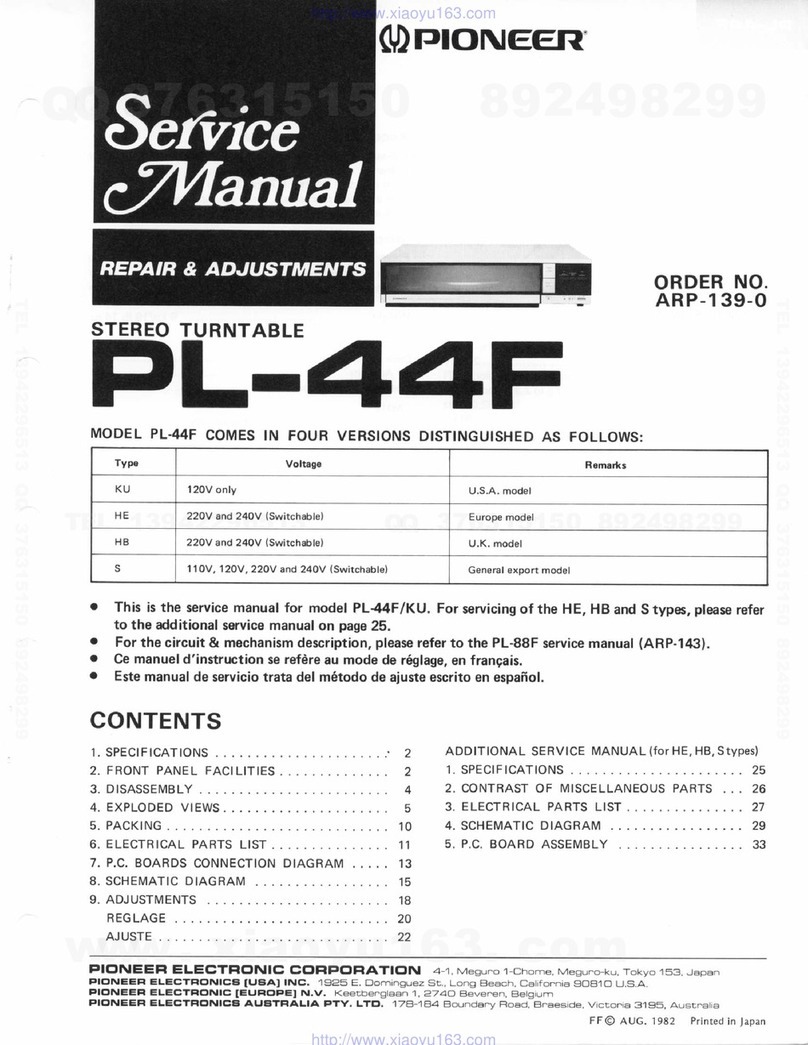
Pioneer
Pioneer PL-44F User manual

Pioneer
Pioneer PL-100 User manual
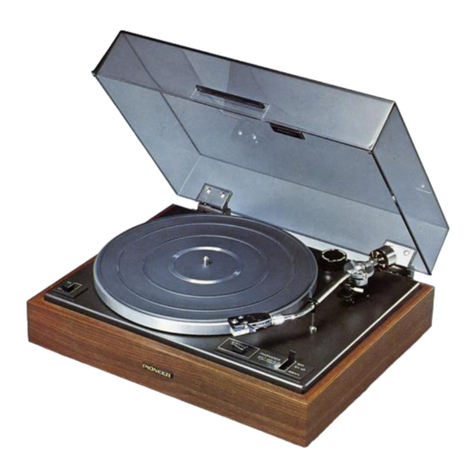
Pioneer
Pioneer PL-12E PV User manual
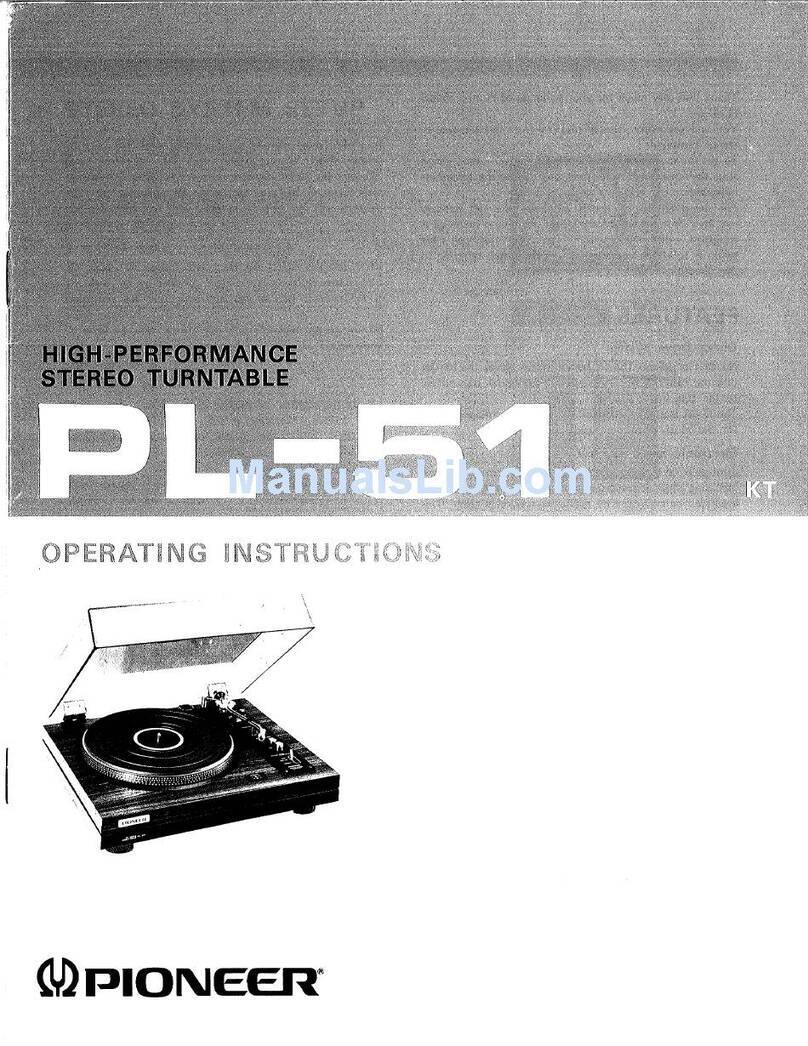
Pioneer
Pioneer PL-51 User manual
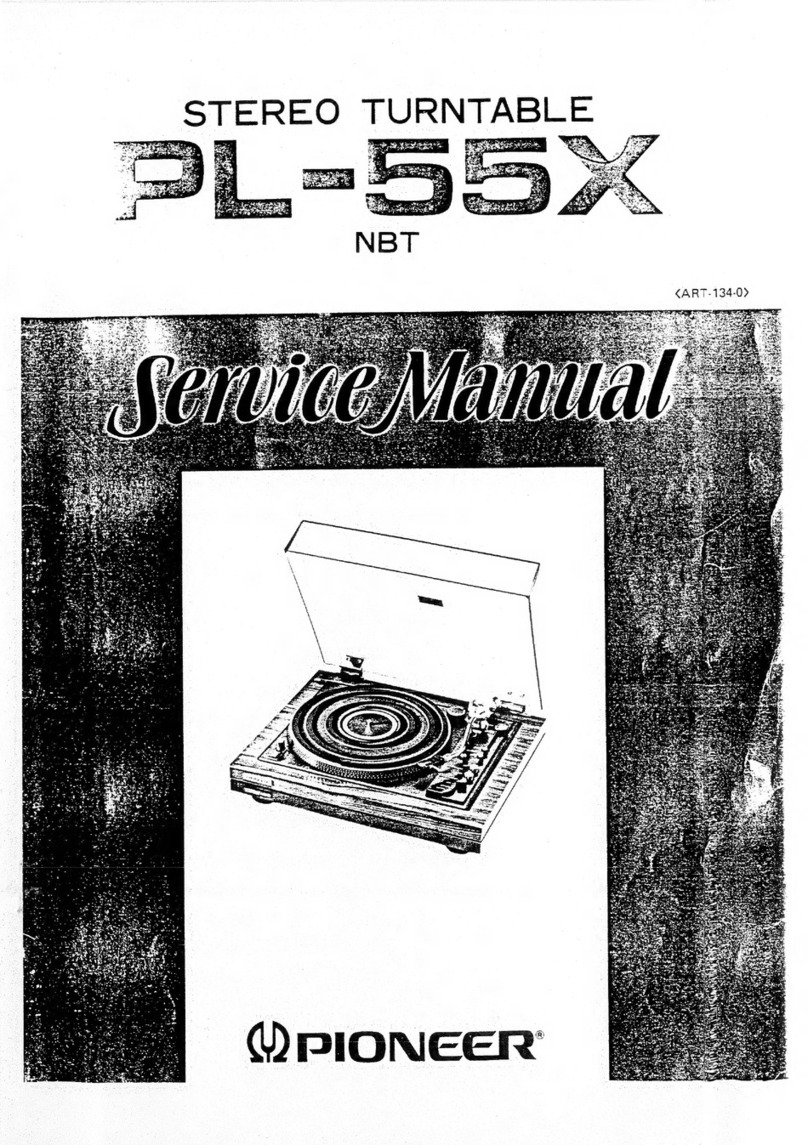
Pioneer
Pioneer PL-55X User manual

Pioneer
Pioneer DEH-P7550MP User manual
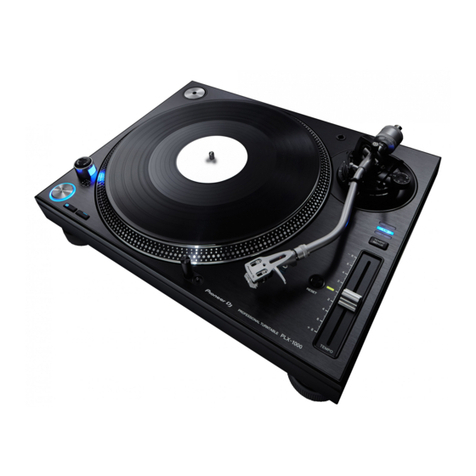
Pioneer
Pioneer PLX-1000 User manual

Pioneer
Pioneer LD-1100 User manual

Pioneer
Pioneer PL-12D User manual
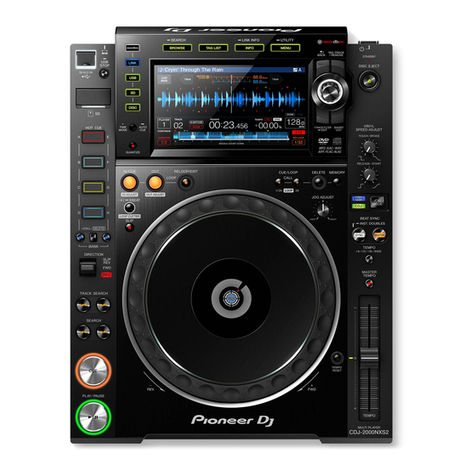
Pioneer
Pioneer CDJ-2000nexus Instruction Manual

Pioneer
Pioneer RX-510 User manual
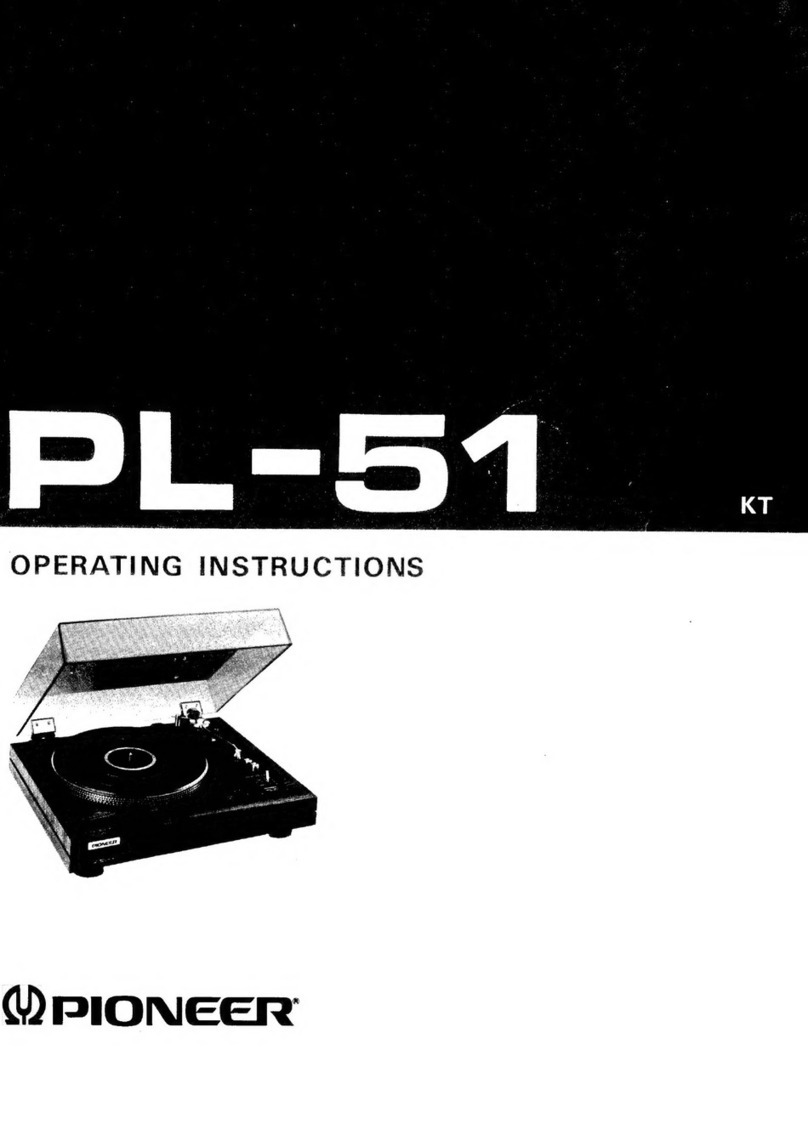
Pioneer
Pioneer PL-51 User manual
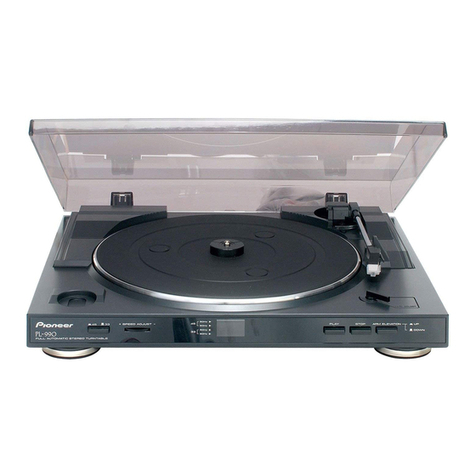
Pioneer
Pioneer PL-990 User manual

Pioneer
Pioneer PL-510A User manual
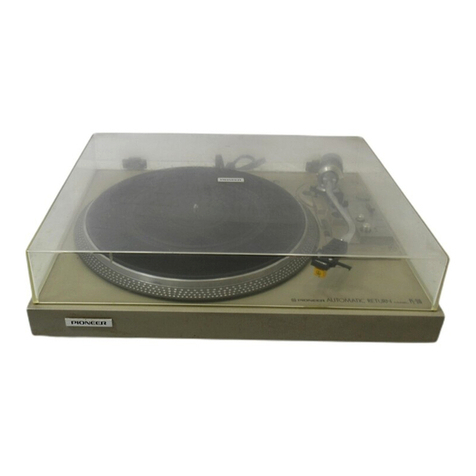
Pioneer
Pioneer PL-516 KCT User manual
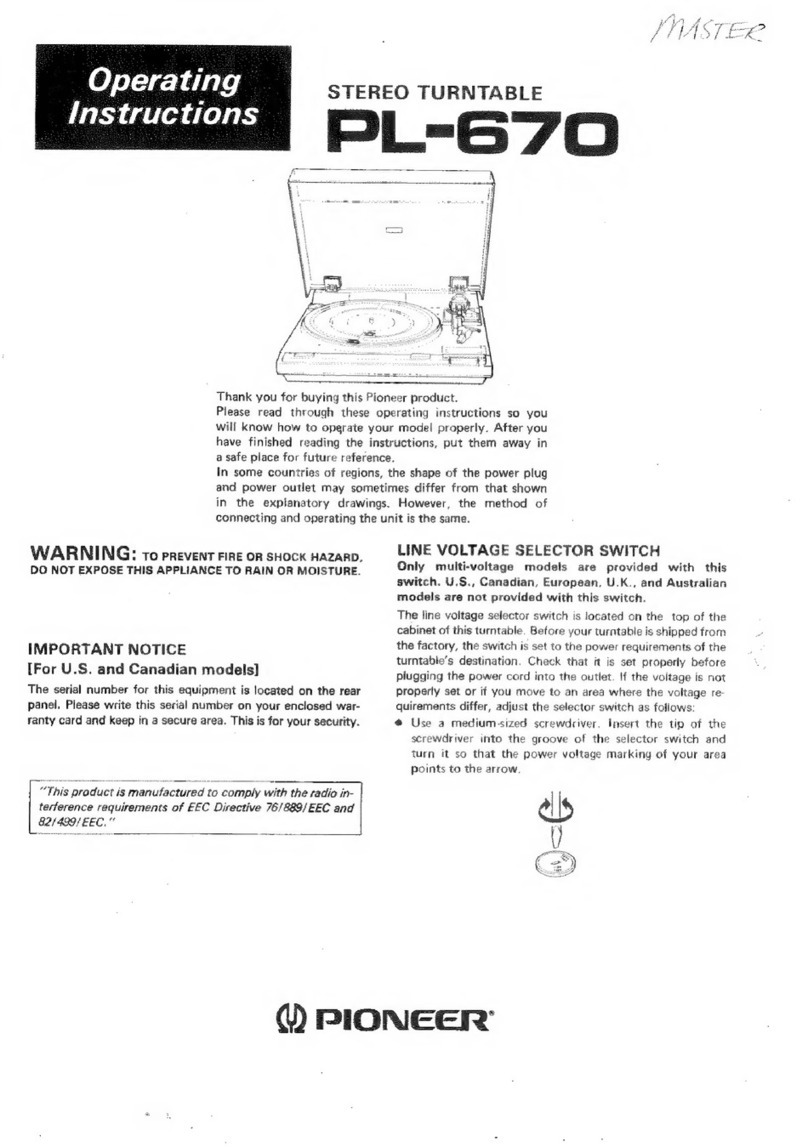
Pioneer
Pioneer PL-670 User manual


